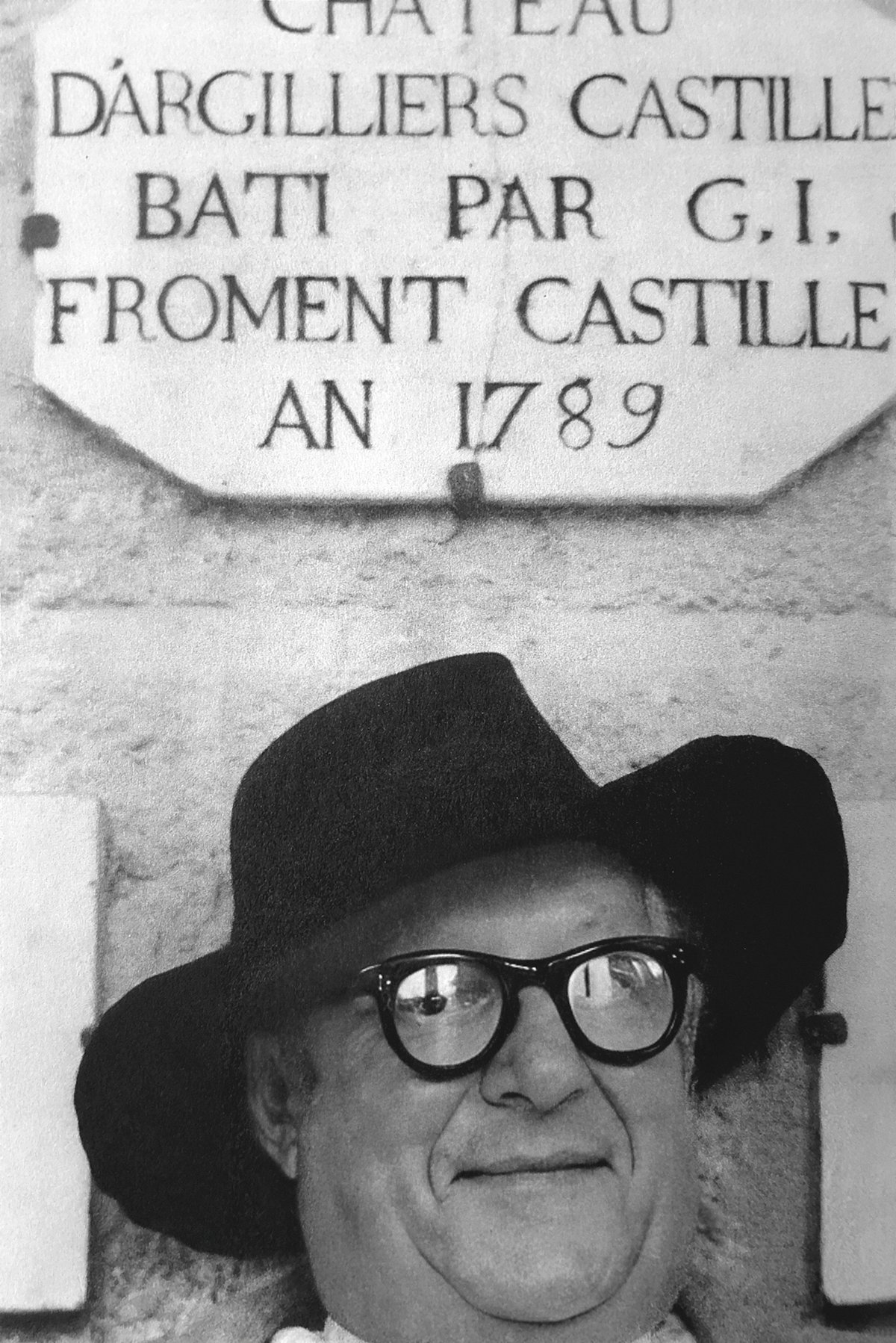This book is the result of remarkable, two-pronged research into the life and collection of Douglas Cooper (1911-84) by the biographer Adrian Clark and the art historian Richard Calvocoressi. Family wealth and incomplete studies (in law and art history) led Cooper to dealing and collecting Modern art in London in the 1930s, and a long career as a connoisseur and prominent collector of Cubism.
The detail through which this is traced is impressive, even if, as described, the subject’s character often appals. And this is a dilemma for the authors and for their readers: Cooper’s charm, wit and eccentricity have evaporated and left the deposit of his reputation as a sociopath (even a psychopath) in Clark’s assessment.
Cooper’s self-importance (demanding total control over exhibitions) verged on monomania
Cooper’s qualities of fearlessness and self-confidence, scholarly precision and stylish writing were admired by many. Such publications as The Cubist Epoch (1974), Juan Gris: catalogue raisonné de l’oeuvre peint (1977) and The Essential Cubism (1983) with Gary Tinterow became classics. His self-importance (demanding total control over exhibitions) verged on monomania. Beyond this volume’s titular “Irascible”, the adjectives used to describe him include abrasive, acerbic, callous, confrontational, deceitful, disputatious, dogmatic, domineering, intemperate, manipulative, obstreperous, rebarbative, sclerotic, vindictive, vitriolic and waspish. In each case, the associated stories are breathtakingly unattractive: from the long-standing vendettas against John Rothenstein (seeking his dismissal as Tate Gallery director), and Roland Penrose (a rival for Picasso’s attention), to the promotion and demotion of Graham Sutherland as Britain’s greatest living painter. Early on, Clark suggests pre-emptively that the text is a “life displayed… for the reader to judge”, while at every turn the account reinforces a picture of Cooper’s malignity.
In addressing Cooper’s legendary collection in the final third of the book, Calvocoressi’s task is more straightforward as there is unanimity that it was remarkable. Here, the differentiation between his role as a dealer—financing the Mayor Gallery, then in Cork Street, over the 1930s and inspiring its programme of international Modernism—and the formation of his collection is shown as blurred. That he bought and sold in 1937 Joan Miró’s remarkable The Harlequin’s Carnival (1924-25) (of which, in an otherwise beautifully illustrated volume, only the upper right quarter is reproduced), shows his commercial imperative. As is to be expected, the formation of Cooper’s Cubist collection is at the heart of this account, beginning during his time with Freddy Mayor and running through to the post-war years. Calvocoressi shows how Cooper’s liberating wealth, commercial connections and linguistic ability allowed him to enter the network constituted in the 1930s by the dealers Daniel-Henry Kahnweiler and Alfred Flechtheim, and the collector Gottlieb Reber. They were his mentors, the source of many of his paintings, as well as models for connoisseurship. This experience forearmed Cooper for his tenacious role as a “Monuments Man”, tracing looted art in post-war Switzerland, even if there are suggestions of his turning this research to personal gain.
It is notable that Cooper maintained generally cordial relations with artists he favoured. His encounter with Fernand Léger is given in detail, but it is a curiosity of the book that the title’s “Friend of Picasso” evades concentrated examination. It takes some rereading to find how that friendship developed, and eventually collapsed; one must turn to The Sorcerer’s Apprentice, the 1999 memoir of Cooper’s one-time partner John Richardson (exposed here for serial inaccuracy and Cooperish score-settling), for elaboration. Calvocoressi’s dense weave of provenance and sales information acknowledges and builds upon earlier scholarship, not least the catalogues of Cooper’s collection published after his death by the art historian Dorothy M. Kosinski. Calvocoressi’s challenge was to balance precising her research or just referring to it, and, at times, the reader is assumed to have that detailed material to hand.
Power-broking chip
Two, rather obvious, conclusions occur. First, although he produced a catalogue of Samuel Courtauld’s collection in 1954, Cooper did not follow his example. Where Courtauld financed a purchase fund for the then Tate Gallery and left his extraordinary collection to the institute that bears his name, Cooper held his collection as a convincing affirmation of his taste and a chip in power-broking exhibitions. On his death, he left a handful of works to public institutions, but the majority was dispersed by his heir. The second conclusion—wittily anticipated by Clark—is, inevitably, to imagine how Cooper, a serial reviewer with a talent for “incisive disparagement”, would have assessed this account himself.
• Adrian Clark and Richard Calvocoressi, with a foreword by David Hockney, Irascible: The Combative Life of Douglas Cooper, Collector and Friend of Picasso, Yale University Press, 592pp, 300 col. illust., £45 (hb), published 8 April
• Matthew Gale is an independent art historian and curator


